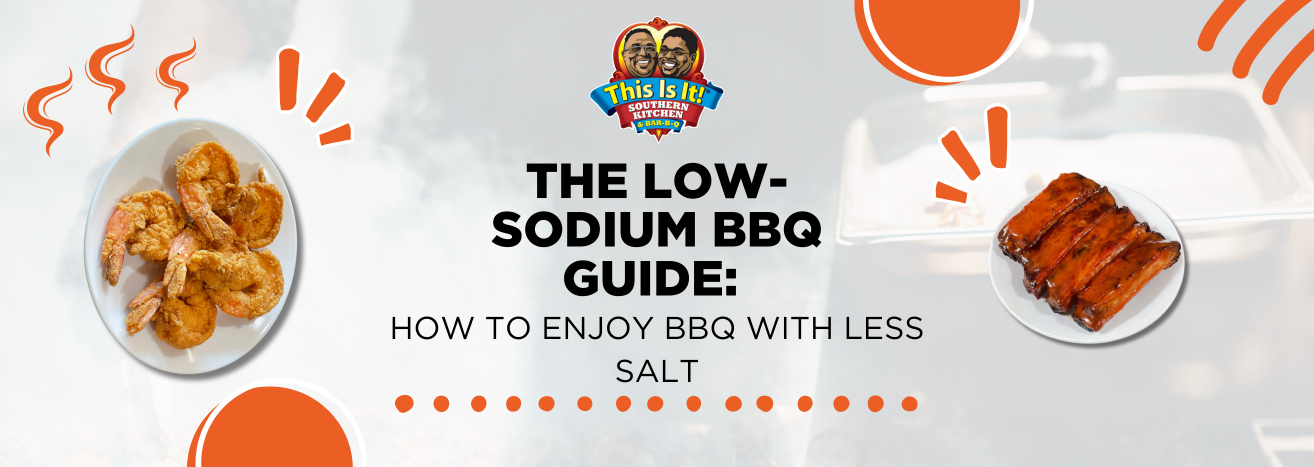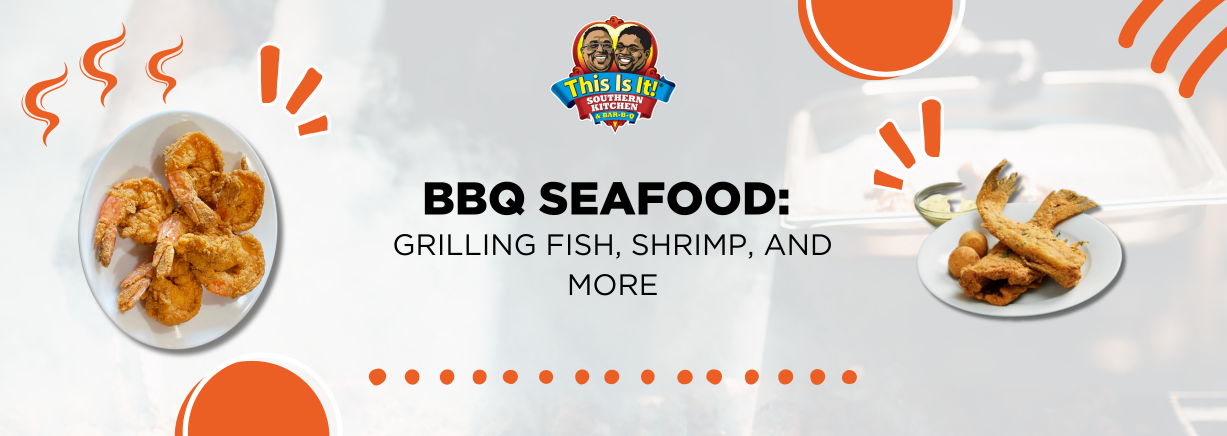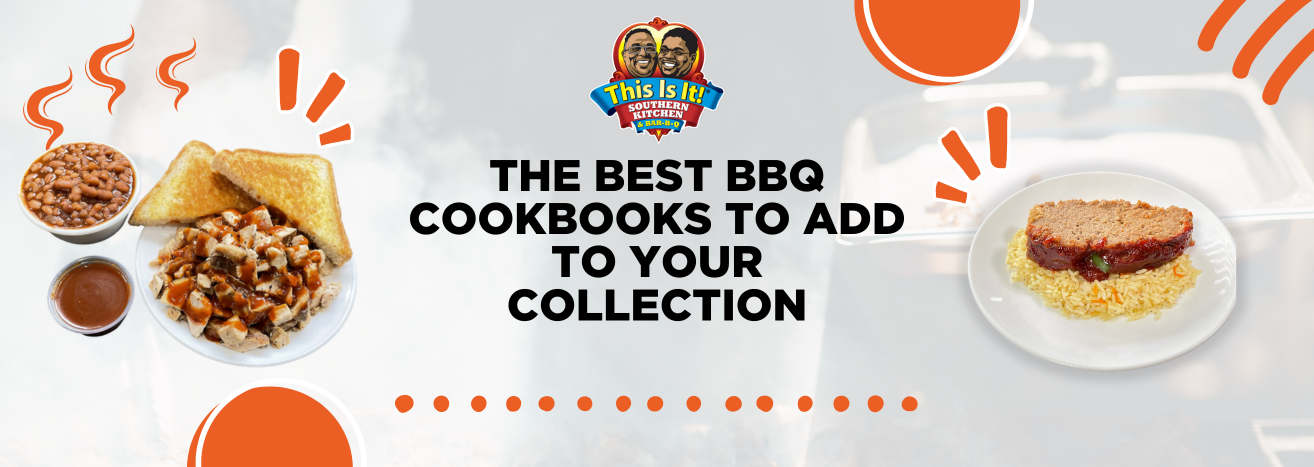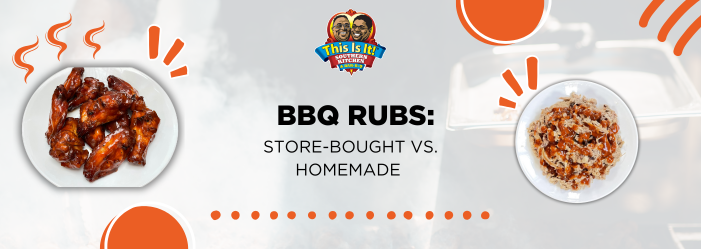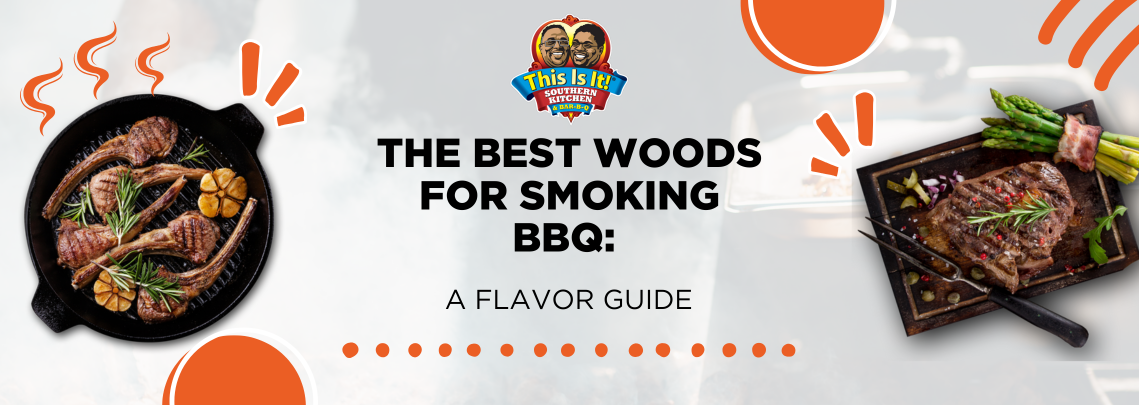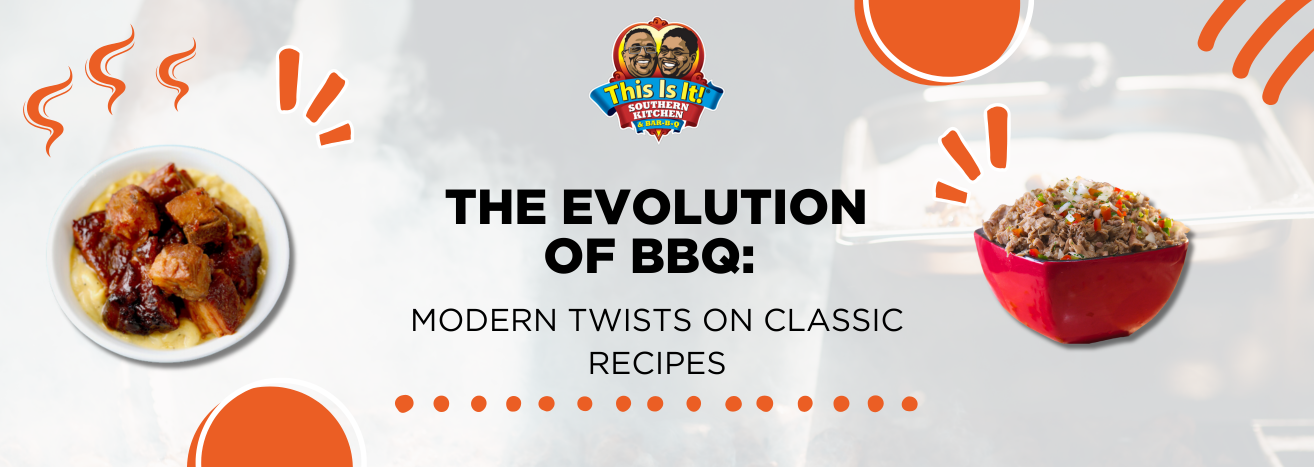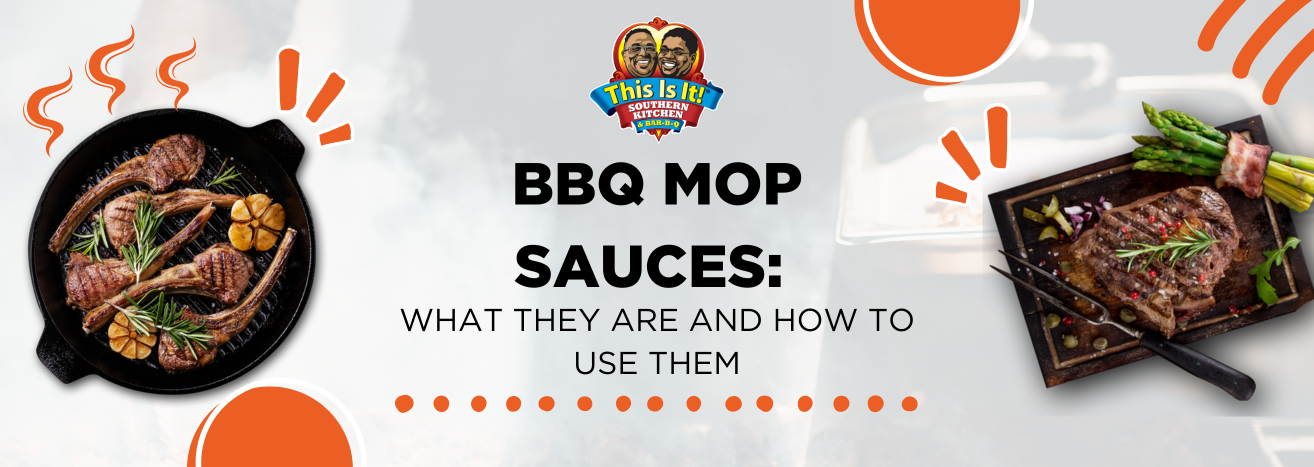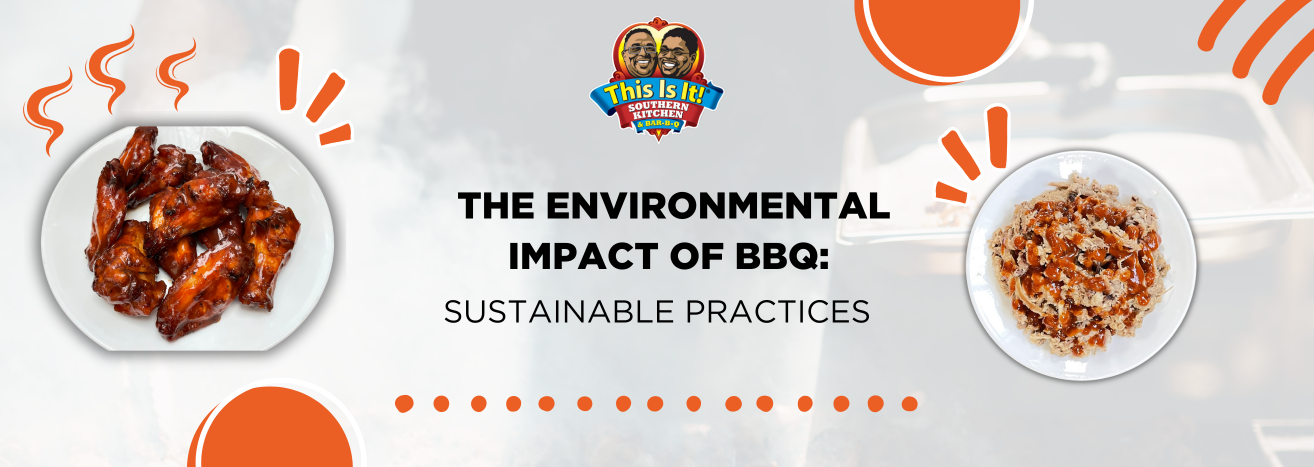How to Achieve the Perfect Smoke Ring: A Guide for BBQ Enthusiasts

Table of Contents
1. Introduction to the Smoke Ring
- What is a Smoke Ring?
- Why Does a Smoke Ring Matter?
2. Understanding the Science Behind the Smoke Ring
- Nitrogen Dioxide
- Myoglobin
- Heat and Time
3. Steps to Achieve the Perfect Smoke Ring
- Choose the Right Wood
- Use Fresh Meat
- Keep the Meat Cold at the Start
- Maintain a Low Temperature
- Avoid Over-Trimming the Fat Cap
- Moisture is Key
- Use a Water Pan
- Don’t Wrap Too Early
- Experiment with Seasonings
4. Troubleshooting Common Smoke Ring Issues
- No Smoke Ring
- Uneven Smoke Ring
- Too Faint of a Ring
5. Perfecting the Smoke Ring for Various Meats
- Brisket
- Ribs
- Pork Shoulder
6. Final Thoughts
- Practice and Patience
- Mastering the Art of the Smoke Ring
A perfectly cooked piece of BBQ isn't just about taste; it’s also about appearance. Among the visual cues that excite BBQ lovers, the “smoke ring” holds a special place. That beautiful pink ring that appears just beneath the surface of smoked meat is a badge of honor for pitmasters, indicating skill and knowledge of smoking techniques. But achieving that elusive, perfect smoke ring isn’t as simple as it may look. This guide dives into the science, techniques, and steps needed to master the art of the smoke ring.
What is a Smoke Ring?
The smoke ring is a pink layer of meat located just beneath the outer crust, or “bark,” of smoked meat. This ring is caused by a chemical reaction between nitrogen dioxide (NO2) in the smoke and the meat's myoglobin (the protein responsible for color). When the nitrogen dioxide penetrates the meat and binds with myoglobin, it creates a pink pigment called nitric oxide myoglobin, giving the meat a distinctive pink ring. While the smoke ring doesn’t necessarily affect taste, it is often viewed as a mark of quality and expertise in BBQ circles.
Why Does a Smoke Ring Matter?
While some people believe the smoke ring is purely aesthetic, it often serves as an indication of effective smoking techniques. A good smoke ring shows that you understand the importance of temperature control, smoke levels, and preparation. Many BBQ competitions also consider a smoke ring as part of their scoring criteria, so if you’re looking to up your BBQ game, mastering the smoke ring can help you gain recognition and appreciation.
The Science Behind the Smoke Ring
To create the smoke ring, it’s important to understand the science behind it:
- Nitrogen Dioxide: This is a compound released when wood combusts. It dissolves on the meat’s surface, allowing it to penetrate and interact with the myoglobin.
- Myoglobin: This is the protein responsible for holding oxygen in muscle tissue, which gives raw meat its red color. As the nitrogen dioxide binds with myoglobin, it creates a pink color that becomes the smoke ring.
- Heat and Time: Temperature control is crucial for a smoke ring. The meat needs to stay below a certain temperature to allow nitrogen dioxide to react with myoglobin before heat naturally changes the color of the meat.
Steps to Achieve the Perfect Smoke Ring
Achieving a smoke ring requires attention to detail from start to finish. Follow these steps to boost your chances of a picture-perfect smoke ring every time you BBQ.
1. Choose the Right Wood
The choice of wood plays a crucial role. Hardwoods like oak, hickory, and mesquite are ideal because they produce a rich, thick smoke containing plenty of nitrogen dioxide. Avoid softwoods like pine or cedar as they don’t burn well and can produce a bitter taste due to their resin content.
2. Use Fresh Meat
A fresh cut of meat will react better with nitrogen dioxide than a pre-frozen one. Fresh meat has a higher myoglobin content, which is essential for forming a smoke ring. If you must use frozen meat, ensure it’s thoroughly thawed before smoking to maximize the myoglobin's reaction with the nitrogen dioxide.
3. Keep the Meat Cold at the Start
Keeping the meat cold allows more nitrogen dioxide to penetrate before it heats up and myoglobin begins to break down. When you place the meat on the smoker, avoid letting it sit out at room temperature for too long. Starting with colder meat can buy you extra time for the smoke to create that perfect ring.
4. Maintain a Low Temperature
Temperature control is everything in BBQ, especially when aiming for a smoke ring. Ideally, you want to keep the smoker temperature between 225°F and 250°F. This low, consistent heat helps to prevent the outer layer of the meat from cooking too quickly, allowing more time for nitrogen dioxide to react with the myoglobin.
5. Avoid Over-Trimming the Fat Cap
While trimming excess fat is essential, avoid cutting off too much. A thin layer of fat helps the smoke adhere to the meat and provides some protection from direct heat. It also prevents the outer layer from drying out too fast, which can hinder smoke absorption.
6. Moisture is Key
The surface of the meat should be moist throughout the smoking process to attract more nitrogen dioxide. Spritzing the meat with water or apple juice can help maintain moisture on the surface, which in turn allows for better smoke absorption. Some pitmasters even coat the meat with a thin layer of mustard or oil to keep it moist.
7. Use a Water Pan
A water pan in the smoker helps keep the environment moist, reducing the chance of the meat’s surface drying out too fast. This also helps to maintain a consistent temperature, which is crucial for a uniform smoke ring.
8. Don't Wrap Too Early
Wrapping meat with foil (a technique known as the “Texas Crutch”) can speed up the cooking process but also halts the formation of the smoke ring. Wrap the meat only after it has had ample time to develop the ring, typically when it reaches an internal temperature of about 150°F. Wrapping prematurely cuts off the smoke flow and limits nitrogen dioxide absorption.
9. Experiment with Seasonings
Some seasoned pitmasters suggest adding a touch of salt or curing salt to your rub to help intensify the smoke ring. Curing salts contain sodium nitrite, which can enhance the pink color. However, use caution with curing salts, as they can alter the flavor and texture if overused.
Troubleshooting Common Smoke Ring Issues
Even with the right techniques, achieving a smoke ring isn’t always foolproof. Here are some common issues and how to address them:
- No Smoke Ring: This could be due to high starting temperatures or over-trimmed fat. Ensure the smoker isn’t too hot, and maintain adequate fat on the meat.
- Uneven Smoke Ring: This may happen if the meat's surface is drying out too quickly. Try using a water pan and spritz the meat regularly to retain moisture.
- Too Faint of a Ring: If your smoke ring is barely visible, you may need to adjust your wood choice, as some woods produce more nitrogen dioxide. Also, make sure the meat is cold when it enters the smoker.
Perfecting the Smoke Ring for Various Meats
Different meats have varying levels of myoglobin, so the techniques may need adjustment depending on the meat type:
- Brisket: The high myoglobin content makes it ideal for a smoke ring. Keep the temperature low, avoid early wrapping, and use a mix of wood for optimal smoke.
- Ribs: Because ribs are thinner, they cook faster, so the ring formation period is shorter. Spritz frequently, and keep the smoker’s temperature lower to maximize the ring.
- Pork Shoulder: This meat benefits from the same smoke ring techniques as brisket, but it’s more forgiving. Use a good fat cap and keep the meat moist for best results.
Final Thoughts
Achieving the perfect smoke ring takes patience and practice, but the results are well worth the effort. By understanding the science and following these steps, you’ll not only impress your friends and family but also elevate your BBQ to new heights. Remember, BBQ is as much an art as it is a science, and every cook brings its own lessons.
So, next time you fire up your smoker, aim for that gorgeous pink ring. With each attempt, you’ll get closer to mastering this classic hallmark of BBQ excellence.
Happy smoking!
